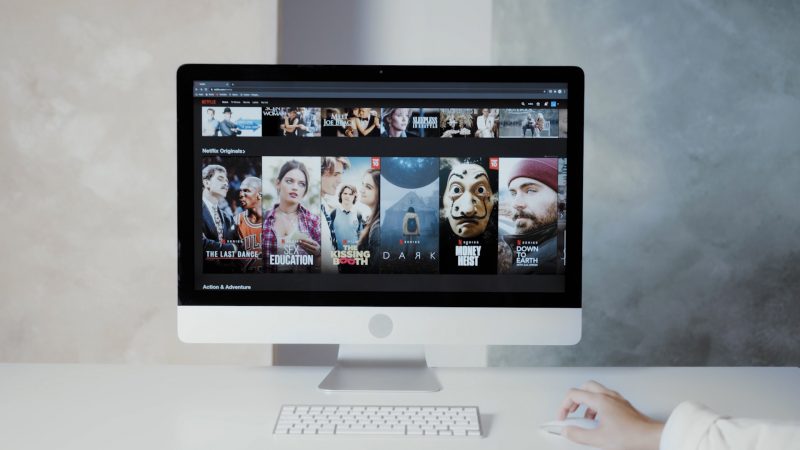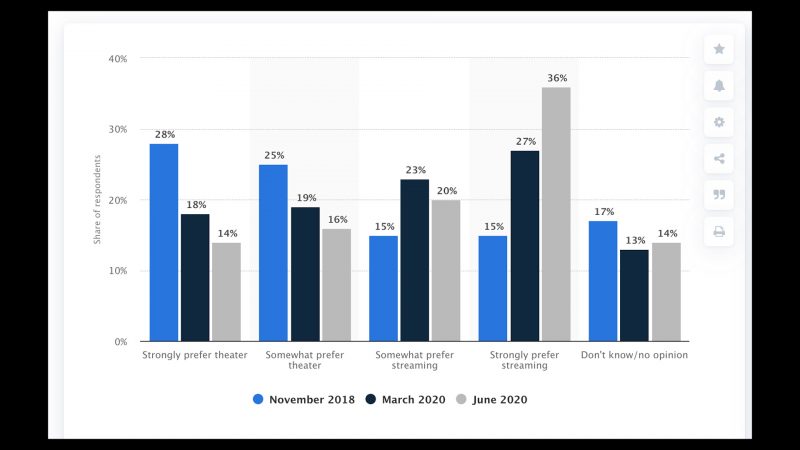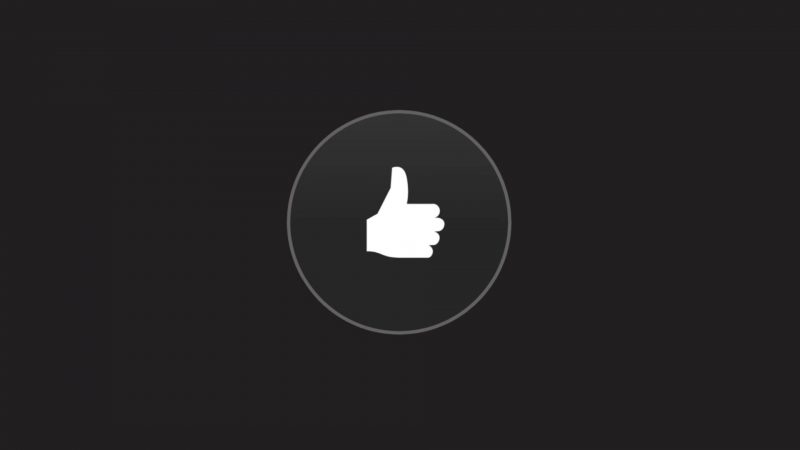Why YouTube is the Best Place to Learn Filmmaking in 2021
I struggled to make a living as a filmmaker for some time. That all changed last year when I decided to become a full time YouTuber. I’ve reached the point where I make more money from this platform than I’ve ever made as a regular filmmaker.
But that’s not the biggest reason aspiring filmmakers should run a YouTube channel.
You see, streaming is revolutionising the film & TV industry, so being a YouTuber will give you a huge advantage in the decades to come. In this article I’m going to explain why I believe YouTube the best place for filmmakers to learn their trade…
Do film schools teach you how to use streaming algorithms to get a bigger audience? If you’re at film school currently, let us know in the comments. Thing is, it’s one of the most important things you can learn as a filmmaker in 2021.
If not, you might want to ask them, “why?”
Not just for being a YouTuber. I’m talking about Netflix, Amazon Prime, Disney+, Apple TV and every other major streaming platform in existence. And not just narrative filmmakers either. If you want to make a living shooting ads, this is going to be very important to you as well.
By far the biggest change that has occurred in the film and TV industry in the last 20 years, is a change from a captive audience to a non-captive audience. Let’s look at that first.
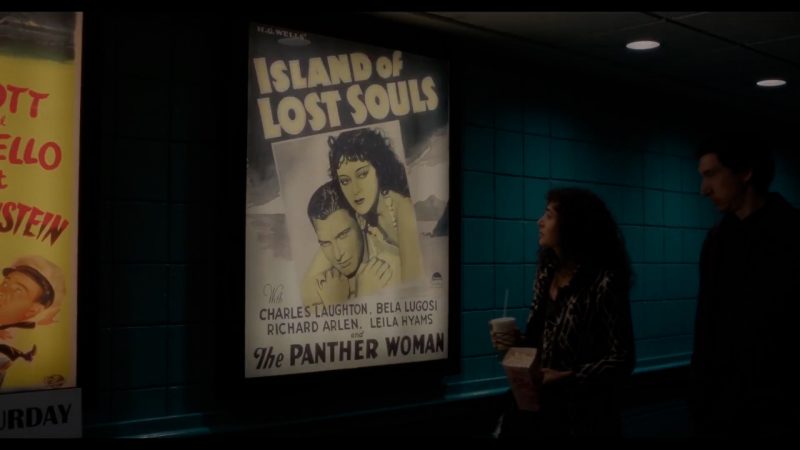
A Non-Captive Audience
In the past, audiences were generally captive. For example, if you visit the cinema a film would have to be pretty bad for you to stop watching and walk out.
Meanwhile TV audiences fixed schedules and VCRs. If you wanted to switch to something different, the options were far more limited than they are today.
Why does this matter to us as filmmakers? Well, because we grew up watching movies and shows written and edited for these captive audiences. The industry, especially the film industry, is yet to fully catch up with these changes.
Movies are still, in general terms, written and edited the same way they were 50 years ago. Well, the big names in the film industry arrived in the 80s and 90s, before streaming was even a thing. Let alone the dominant force it is now.
In my opinion, the film industry is currently firmly stuck in the past. But as new generations of filmmakers arrive, people who grew up with YouTube and Netflix, that surely has to change.
Old vs New
Movie marketing costs are huge. Poster design, film festivals, sending key cast and crew around the world to do interviews, advertising, trailers. The cost comes from the fact you’re competing with thousands of other movies fighting for attention.
Using this traditional method, you try to reach your audience through established media – film reviews in big publications and TV review shows.
But that’s the old way. A way that’s becoming less relevant the more streaming takes over from cinema attendance.
You might be surprised, but a notice in an established media channel would not add greatly to our Amazon Prime show’s viewing figures. Maybe a few thousand extra views, which is a tiny drop in the ocean compared to what the platform’s algorithm can achieve.
We Need to Rethink
There are videos on YouTube which have had more viewers than the biggest network TV shows at their peak, and yet there’s a good chance you might not know they exist.
That would be like most of us not knowing Star Wars existed, when it came out. I was like 12 and me and my friends couldn’t help but know about it. The movie was all over the media. It was a phenomenon of our times.
Here’s the thing: while many filmmakers aspire to emulate that phenomenon, streaming platforms like Amazon Prime and Netflix do not work like that. So we need to rethink. We need to change the way we create stories.
If you want a career making content for streaming platforms, you need to understand how they work.
First of all, we need to understand why and how they recommend certain titles to subscribers over others. Let’s compare the cinema experience with the Netflix experience.

Recommended For You
So you go to the cinema but you’re not sure what to watch. You just show up, see what’s on the different screens and make your choice from about 10 different films. Showing times will affect your choice, too.
In a sense, Netflix is like a cinema theatre. Except it has hundreds of thousands of screens instead of the 10-20 at your local multiplex. There’s no way you are going to hunt through all those movies and shows to make your choice.
Instead, Netflix recommends content to you from it’s vast (and growing vaster every day) archive. It does this based on things like what’s popular at the moment combined with the titles you have liked in the past.
How do they know you like it? Well, you might hit the thumbs up button, like on YouTube. But do you know what really counts? What you clicked and how long you watched it.
How Long Did You Dislike That Movie?
Guess what – Netflix probably doesn’t care too much how you rated a show or movie. Why not?
Well, a streaming platform like Netflix has one major priority: to get you to spend as much time as possible on their platform. Same with YouTube, same with Amazon Prime.
If you watch a show for 20 hours and then give it a thumbs down, they’re going to ignore your thumbs down (to a degree). Thing is, there might be something about the show that annoyed you, but ultimately it kept you watching. And, for streaming platforms, that is the most important thing.
If you watch a whole season or a feature movie to the end, no matter what you thought of that particular title, Netflix is going to assume this is exactly the kind of content to recommend to you.
It makes sense then that if Netflix sees your title is getting more people to click and watch for longer than competing titles, chances are they will give you more money to make more content. Where better to learn how to achieve this than YouTube?
Master the Analytics
Now, I don’t actually know for certain how the Netflix or Amazon Prime algorithms work. But why wouldn’t they work like YouTube? They essentially have the same goals – to recommend the content which is most likely to keep you watching for longer.
After I published Silent Eye on Amazon Prime, my hunch on the algorithm appears to have come true. We got hundreds of thousands of views, with virtually no advertising.
However, it’s well known that Netflix keeps it’s audience stats to itself. Filmmakers don’t even get to see viewing figures, let alone detailed analytics.
Using Amazon Video Direct, you get some data but it’s very basic. I can see how much has been earned and how many minutes have streamed. But it doesn’t break it down into different videos, so you can’t compare them. It’s quite difficult to see what’s going on.
YouTube, however, is a completely different ballgame.
There’s highly detailed analytics covering your channel as a whole and each video separately. You can see how each video performs, where people are dropping out, where they’re sticking around. You can see which titles and which thumbnails capture the most clicks.
These are all invaluable skills that will enable you to master the Netflix and Amazon Prime algorithms, later on. If you choose to go that way.
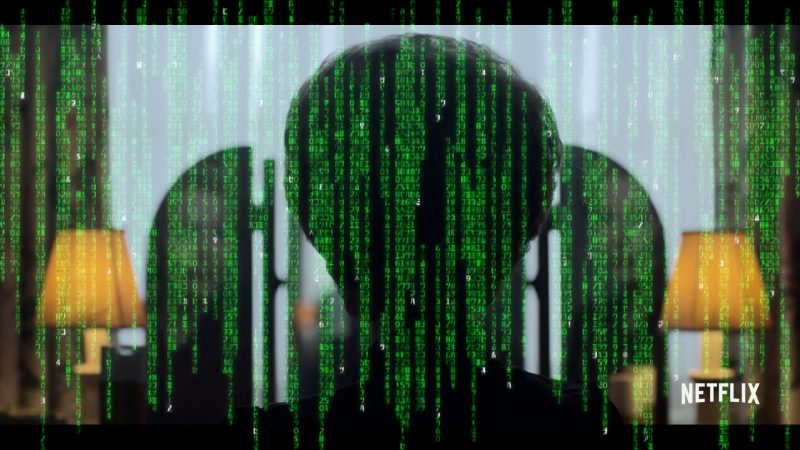
Viral Shorts Can Become Features
Off the top of my head, I know of 3 short films which have been made into feature films after going viral on YouTube.
A friend I have at a production company told how they saw a viral short on YouTube, crunched the numbers and concluded a profit could be made from a 100 minute version. They offered financing to the makers of the short. The feature-length version is now on Netflix and it’s called Cargo starring Martin Freeman.
Meanwhile, I also know many filmmakers struggling to get funding for their projects who would never think to become YouTubers. They see being a YouTuber as a distraction and don’t really see a connection between YouTube and the film industry.
One filmmaker told me he didn’t want to spend 10 years building a YouTube channel. Thing is, you don’t need 10 years. You just need 1 viral short.
I’m not saying that’s easy to accomplish, by the way. But then getting funding is not easy either.
Practice Filmmaking
Filmmakers looked down on YouTubers in the past and probably still do. But shooting, editing and publishing videos on YouTube is great practice, if nothing else. If you make a habit of it, you will become a better filmmaker.
If you stick at it, you will build up a direct relationship with your audience and that audience will grow. You’re building an audience for your movies in the future, even if you’re aiming for Netflix. Later, you can direct viewers to your film or TV show on Netflix and boost the viewing figures.
Believe me, producers care what kind of impact you’re making on social media. For filmmakers, for actors – are you getting attention online. If you’re not then you could find those that are getting the jobs ahead of you.
If your channel grows big enough, you might even build your own platform and get some independence. Some of the bigger YouTubers are doing just this.
And that brings me to the biggest downside of dedicating so much time to a YouTube channel: YouTube owns your business.
Yep, you may own your videos but you don’t own the channel. YouTube can shut it down or cut your revenue any time they want. Which is why some bigger YouTubers are starting up their own platforms and trying to direct their audience off YouTube.
So there is a degree of risk involved. Having said that, the life of a filmmaker has always involved a high degree of risk, right from the invention of cinema. And it’s up to us to find ways to tell our stories and to reach as big an audience as we can.
The future of cinema is streaming – let’s master it.
Eager to learn more?
Join our weekly newsletter featuring inspiring stories, no-budget filmmaking tips and comprehensive equipment reviews to help you turn your film projects into reality!
Simon Horrocks
Simon Horrocks is a screenwriter & filmmaker. His debut feature THIRD CONTACT was shot on a consumer camcorder and premiered at the BFI IMAX in 2013. His shot-on-smartphones sci-fi series SILENT EYE featured on Amazon Prime. He now runs a popular Patreon page which offers online courses for beginners, customised tips and more: www.patreon.com/SilentEye


